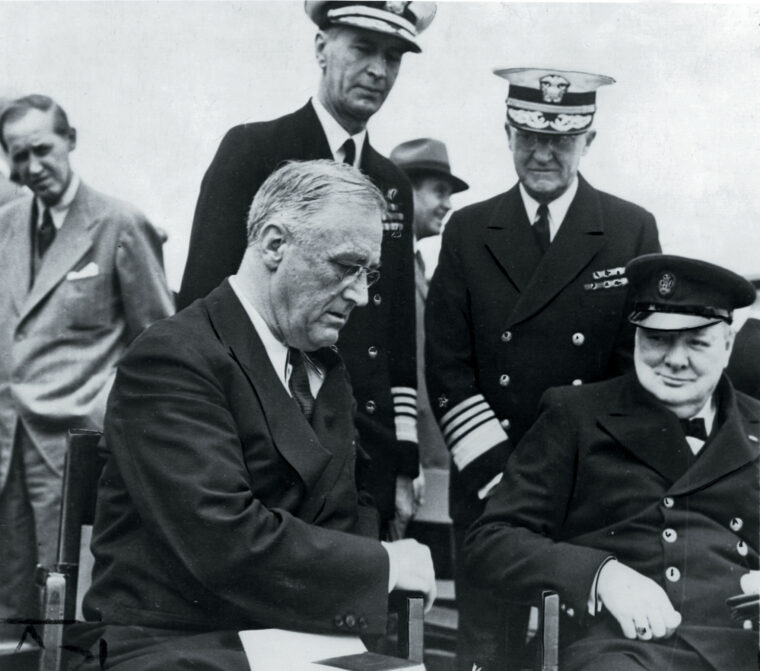
WWII
The Argentia Conference: How the Allies Were Formed
by Michael D. HullA British battleship and an American cruiser converged secretly in a remote bay on the Newfoundland coast early in August 1941. Read more
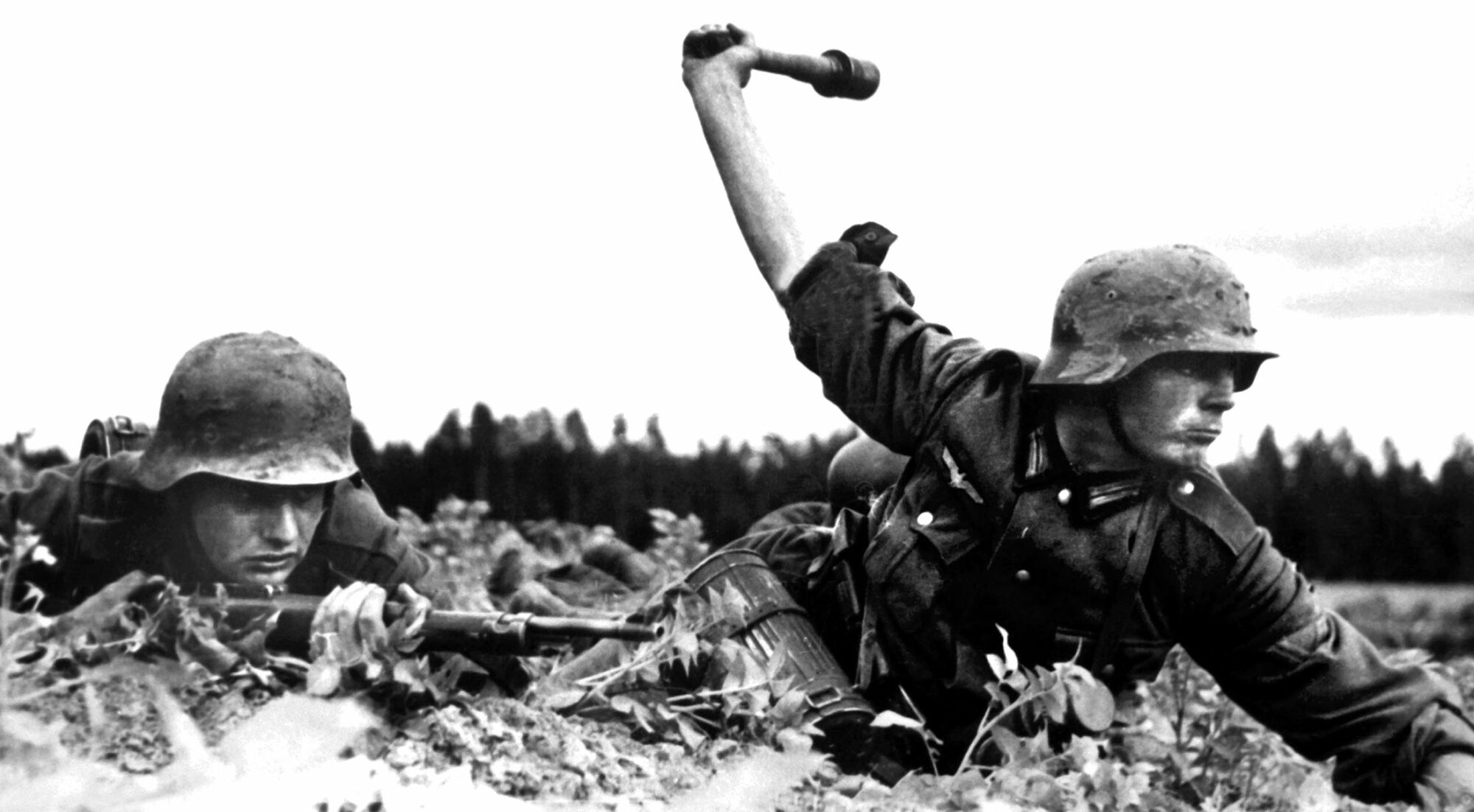

WWII
A British battleship and an American cruiser converged secretly in a remote bay on the Newfoundland coast early in August 1941. Read more
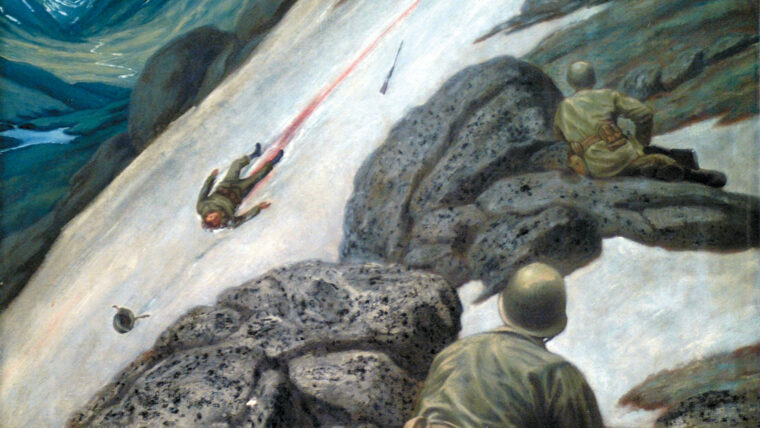
WWII
In the early morning hours of May 11, 1943, the silhouettes of two subamarines silently rose to the surface in the icy cold waters off the coast of Attu, an island in the Aleutian chain. Read more
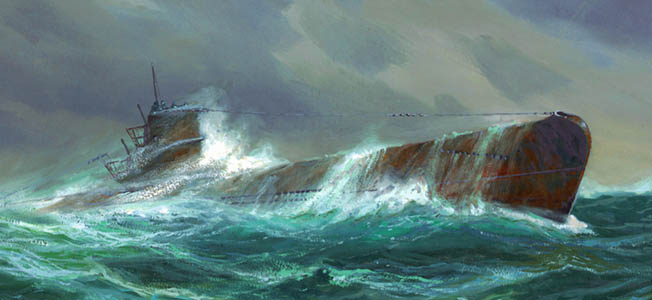
WWII
When most people think of World War II battle sites, North America seldom comes to mind. But finding a German U-boat 30 miles off Cape Hatteras on the Carolina coast serves as a reminder of the naval combat that took place just off the shores of the United States. Read more

WWII
Pauline Hayton was 52 years old before her father, Norman Wickman, talked about his life in the British Army, and what happened in Dunkirk as he saw it. Read more
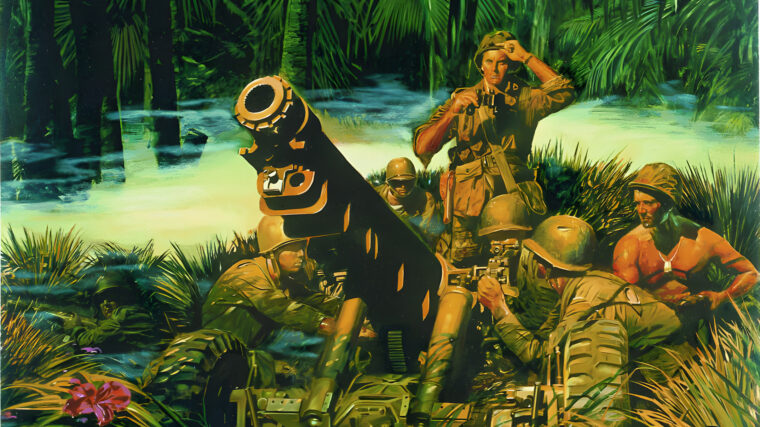
WWII
Scanning over the maps unfolded before him in the division operations room, Colonel Gerald C. Thomas, 1st Marine Division G-3 officer, turned and muttered: “They’re coming.” Read more
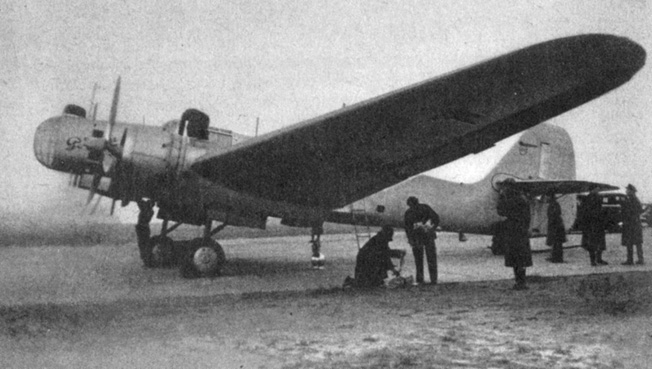
WWII
During the last weekend of September 1938, the attention of the world’s capitals was transfixed by the diplomatic pas de deux Adolf Hitler and Neville Chamberlain were enacting to determine the fate of Czechoslovakia and ultimately the world. Read more
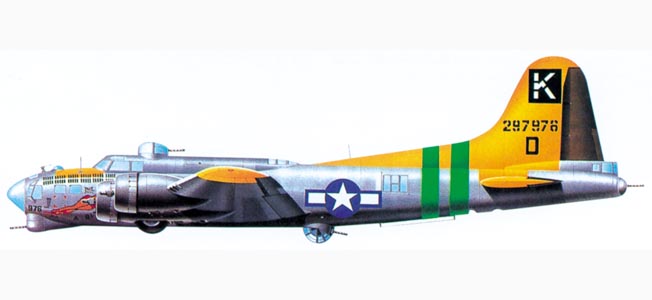
WWII
The B-17 Flying Fortress was the most celebrated four-engine strategic bomber of World War II, but like many other aircraft that achieved lasting fame, it barely made it into production. Read more
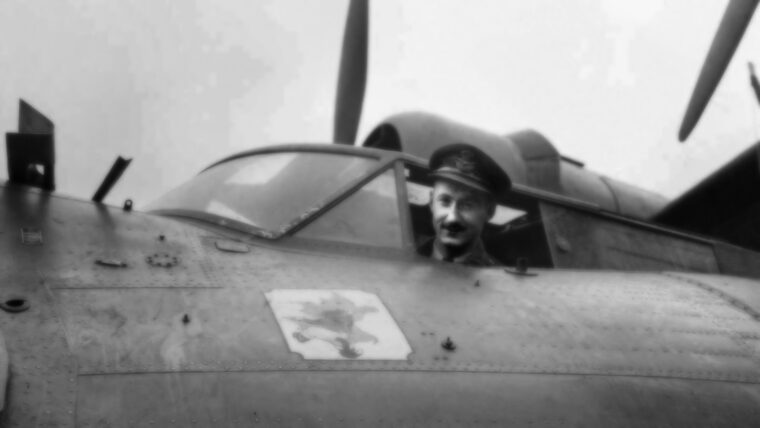
WWII
In early April 1942, the Royal Navy was preparing for the worst in the Indian Ocean. Prior to the war this body of water was akin to an English lake, so much of it bordering Imperial territory and patrolled by its warships. Read more
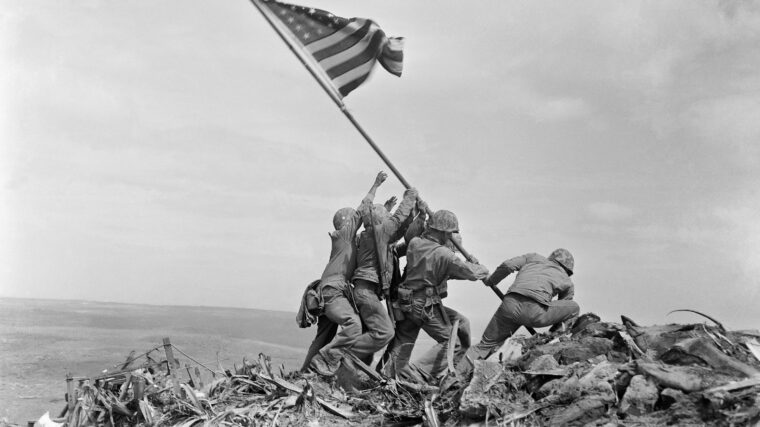
WWII
Perhaps no other image of Americans at war evokes such patriotic fervor as that of six servicemen raising the flag on the summit of 550-foot Mount Suribachi during the battle for the Pacific island of Iwo Jima. Read more
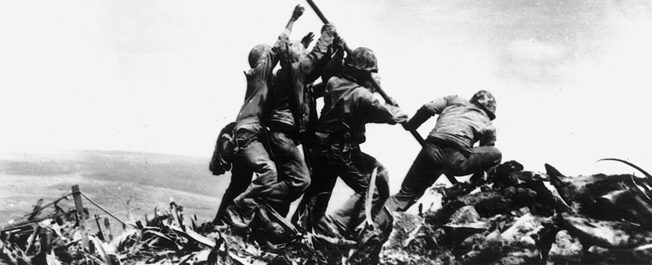
WWII
The Marine Corps announced this Wednesday, August 24, 2016 that it has revised the identification of two of the men who raised the first flag on Iwo Jima. Read more
WWII
When Pearl Witherington Cornioley died quietly in 2008 at the age of 93 in a retirement home in the Loire Valley of France, some who thought they knew her well may have been surprised to learn that she had risked her life during World War II as an agent for the British Special Operations Executive (SOE). Read more
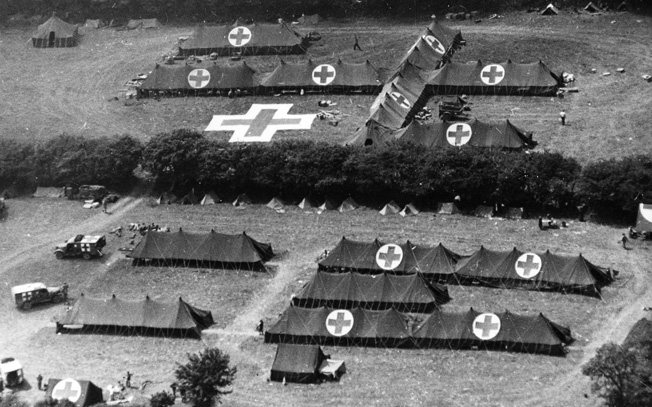
WWII
In October 1944, Army nurse Lieutenant Frances Slanger of the 45th Field Hospital somewhere in Europe wrote a letter to Stars and Stripes, the Army newspaper, to express her admiration of the American soldier. Read more
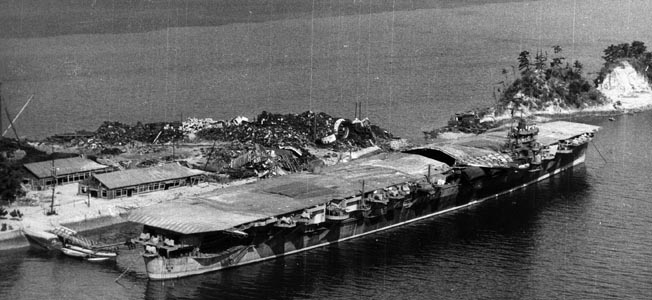
WWII
Japan lacked the industrial strength needed to wage a war against the United States. Yet, Japanese military planners seldom considered the limitations to their nation’s construction capabilities. Read more
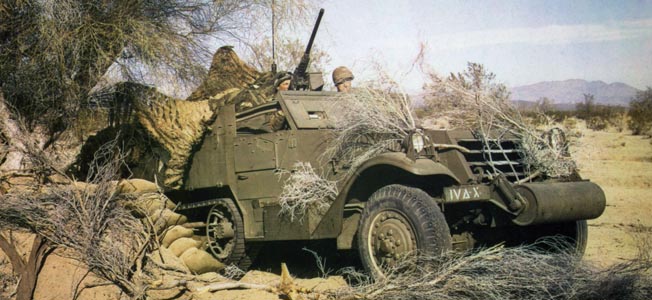
WWII
For the United States Army, the long road to Germany began in the mountainous deserts of Tunisia in mid-November 1942. Read more

WWII
In cramped quarters aboard the submarine USS Seadragon, beneath the Pacific Ocean, with enemy warships circling above, 22-year-old pharmacist’s mate Wheeler Bryson (Johnny) Lipes was ordered to perform an emergency appendectomy on seaman Darrell Dean Rector. Read more
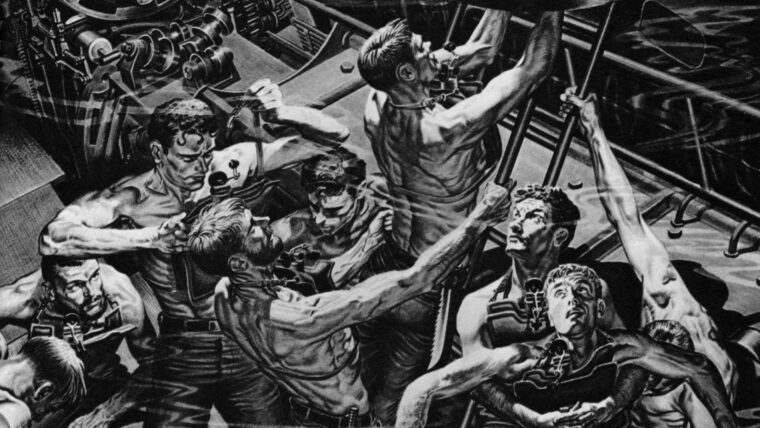
WWII
In July 1943, the American submarine USS Tinosa was on patrol in Japanese waters when she came across an unescorted oil tanker. Read more
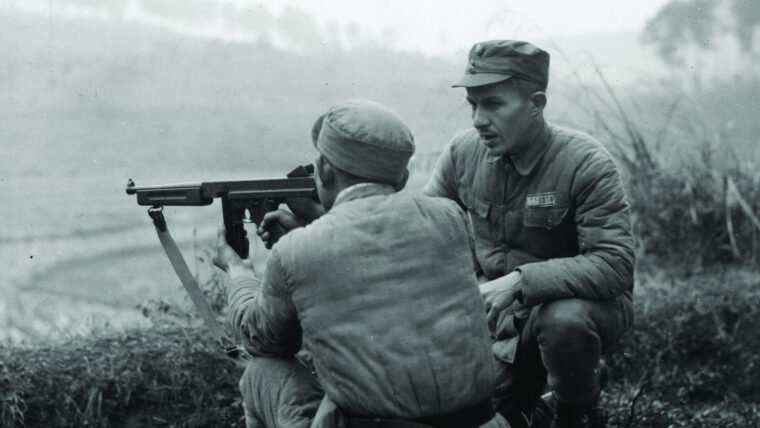
WWII
On the night of August 19, 1943, a lone British Handley Page Halifax bomber flew over Nazi-occupied Yugoslavia. Read more
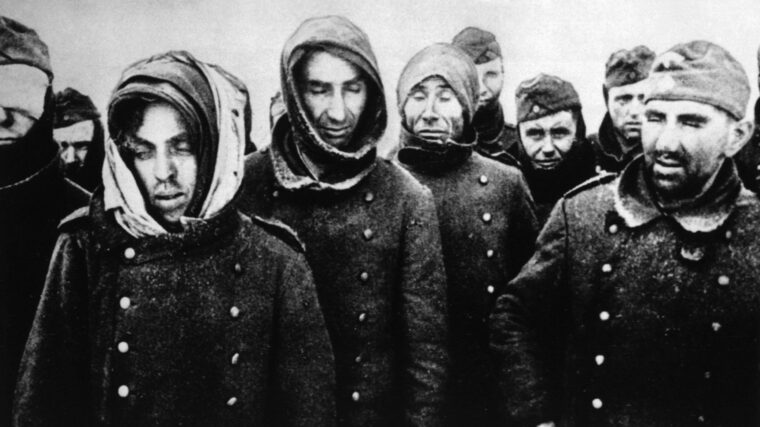
WWII
Gottfried P. Dulias was a young Luftwaffe pilot who had seen plenty of action in the skies above the Eastern Front. Read more
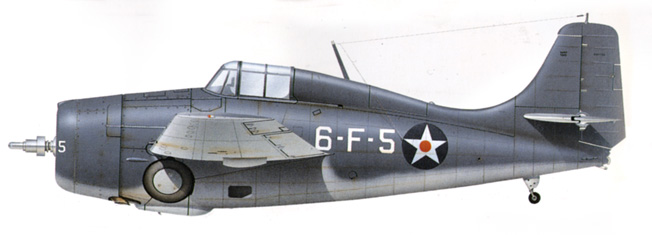
WWII
The Grumman F4F Wildcat is usually described as chunky, “square,” squat, or stubby—not exactly adjectives that suggest grace or elegance. Read more
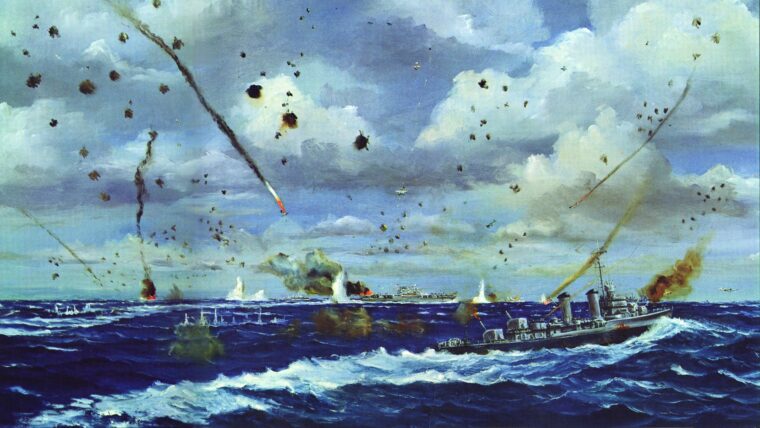
WWII
Lieutenant David C. Richardson spotted the four-engined flying boat silhouetted against the ocean by the late morning sun. Read more